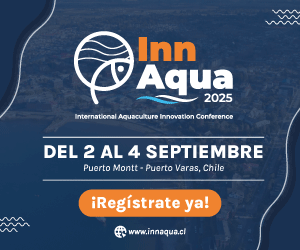The study starts with an overview of the sector, examining its socio-economic importance and the markets for its products, as well as its economic performance and level of innovation. An overview of the environmental benefits linked to some types of freshwater aquaculture and its strong impact on local communities is also provided. Finally, the study concludes with an assessment of potentialities for development.
The importance of the freshwater aquaculture sector is underestimated, due to the low coverage of the data collection systems, and the low understanding of the role played by the sector in providing food and employment opportunities while maintaining European landscapes and cultural heritage.
Over the last 20 years, the freshwater aquaculture sector in the EU has faced challenges such as increasingly strict environmental regulations, mounting bureaucracy, and the impacts of climate change, which have led to a lack of investment and innovation, and to limited product diversity.
The EU freshwater aquaculture sector deploys a wide range of production methods ranging from the most extensive (fish ponds) to the highly technological intensive (recirculating aquaculture systems).
The sector is dominated by two main species: rainbow trout and common carp (respectively 60% and 23% of the EU freshwater aquaculture production in 2018), reflecting different hydro-climatic conditions within the EU. These species are reared in different production systems, have different supply chains and face different challenges.
Freshwater aquaculture contributes to circa 20% of aquaculture volume in the EU, and 3% to the EU supply of fisheries and aquaculture products, showing that there is still considerable potential for sustainable growth of production and improvement of food security.
Growth is linked to the ability of the sector to manage to sustainably increase production through tailored and innovative solutions such as energy-efficient recirculating aquaculture systems and integrated multi-trophic aquaculture. The future growth is also linked to improved processing and marketing strategies to provide diversified products, which could promote sales outside the typical marketing season for various species, particularly for carp.
The study includes profiles summarizing key figures on the sector in 19 EU countries.
Reference (open access):
EUMOFA. 2021. Freshwater aquaculture in the EU. 83 p.
Editor de la revista digital AquaHoy. Biólogo Acuicultor titulado por la Universidad Nacional del Santa (UNS) y Máster en Gestión de la Ciencia y la Innovación por la Universidad Politécnica de Valencia, con diplomados en Innovación Empresarial y Gestión de la Innovación. Posee amplia experiencia en el sector acuícola y pesquero, habiendo liderado la Unidad de Innovación en Pesca del Programa Nacional de Innovación en Pesca y Acuicultura (PNIPA). Ha sido consultor senior en vigilancia tecnológica, formulador y asesor de proyectos de innovación, y docente en la UNS. Es miembro del Colegio de Biólogos del Perú y ha sido reconocido por la World Aquaculture Society (WAS) en 2016 por su aporte a la acuicultura.

